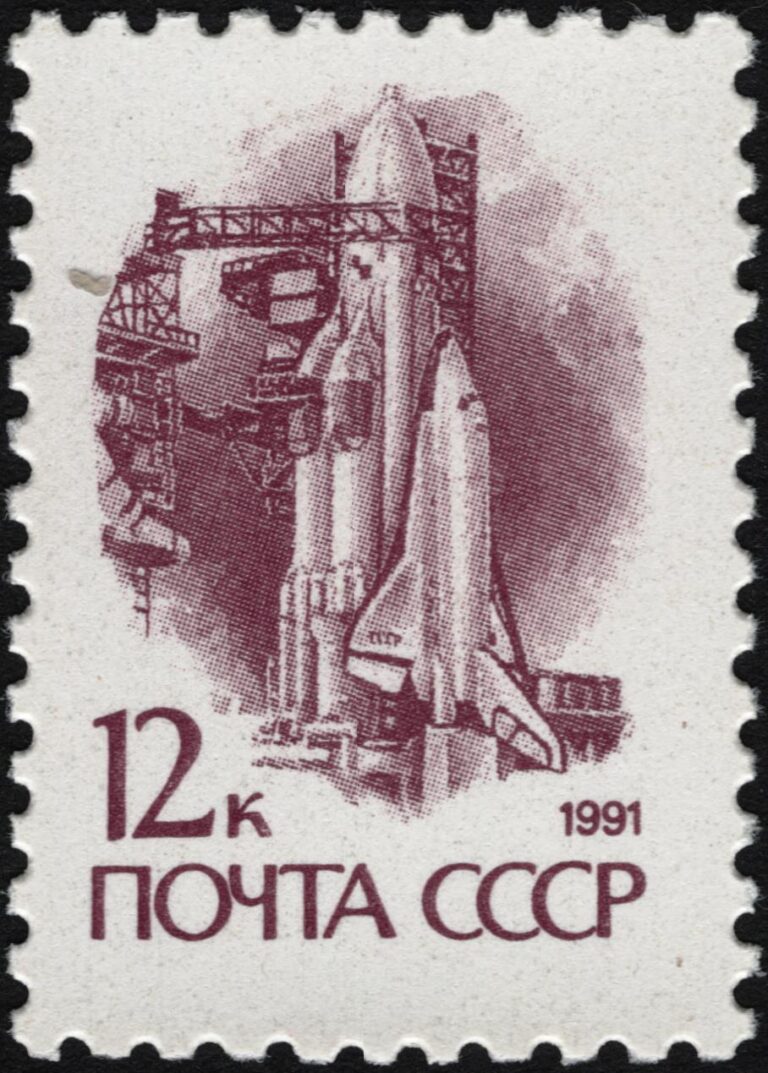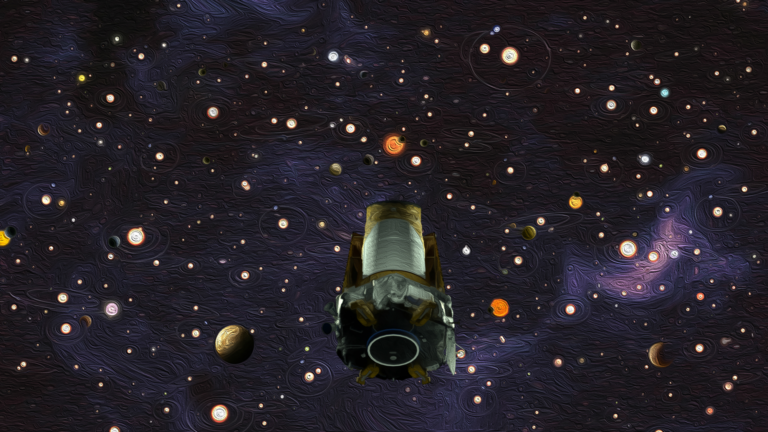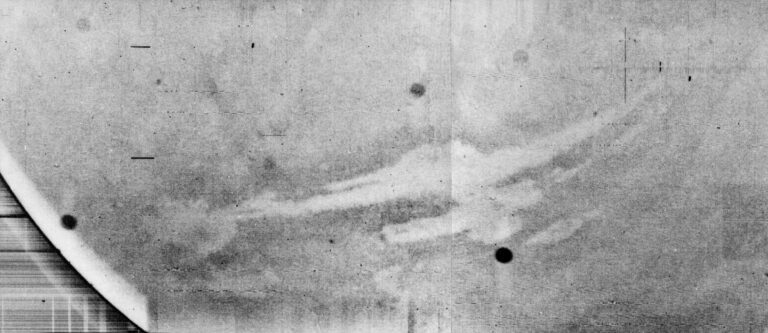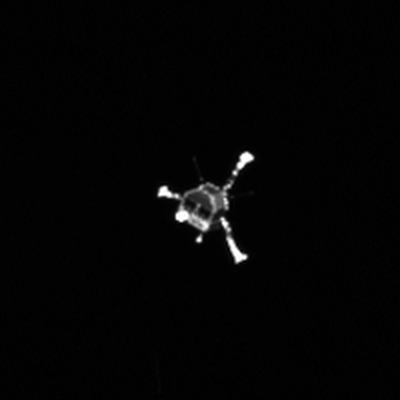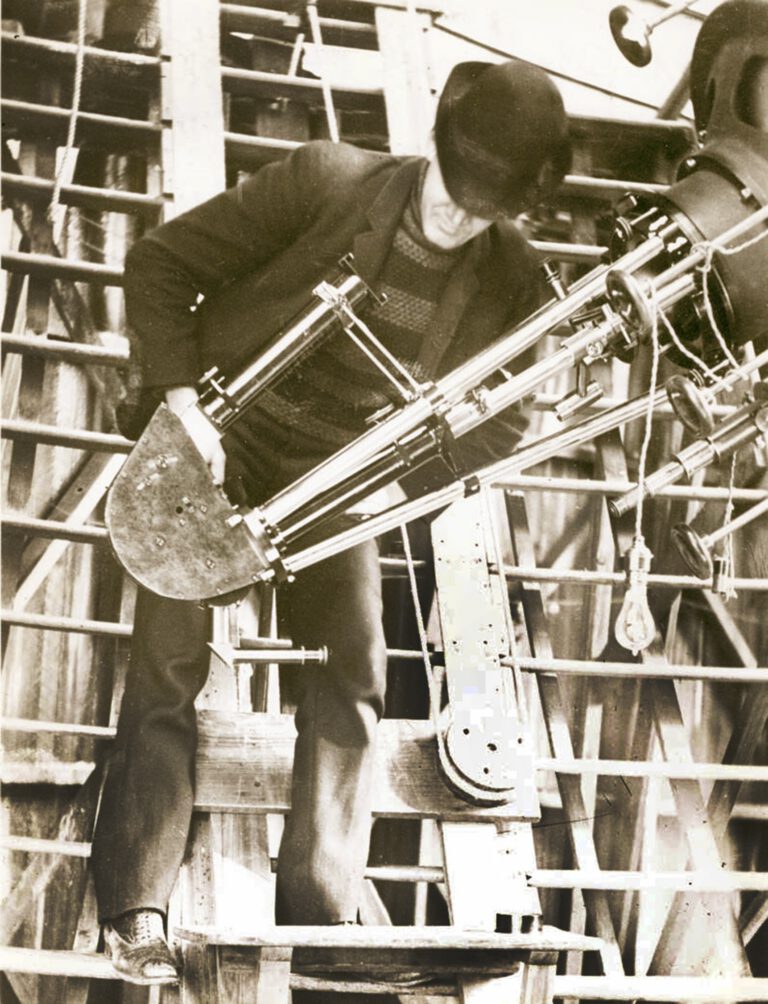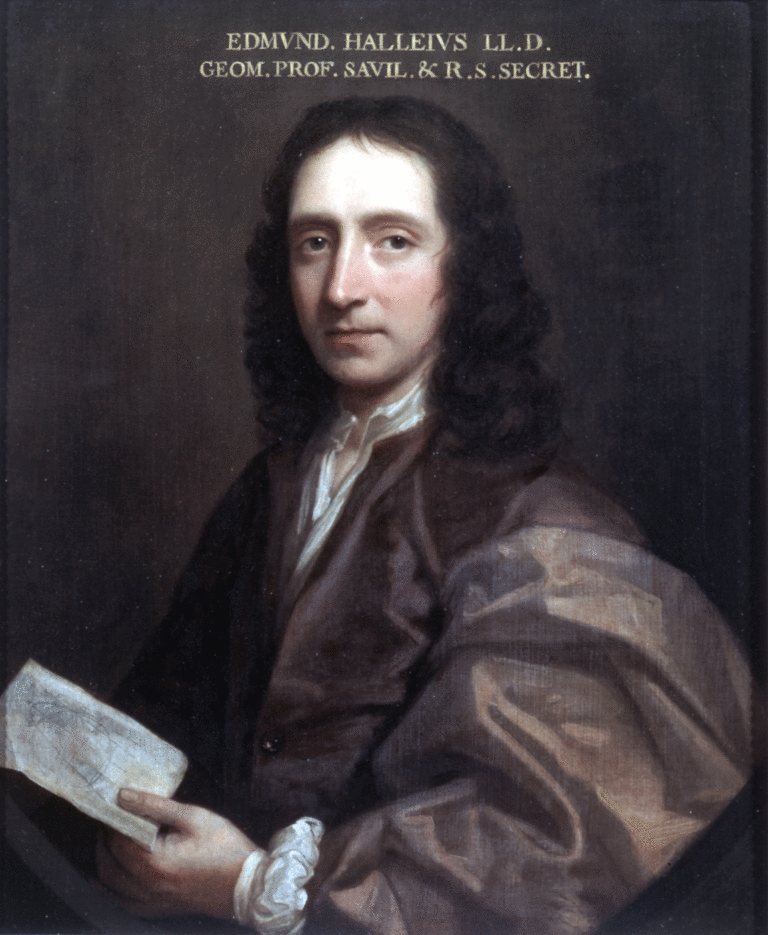
Key Takeaways:
- On November 16, 1974, the Arecibo message was transmitted from the Arecibo Observatory during a reopening event following facility upgrades.
- Developed by a team led by Frank Drake and Carl Sagan, the message consisted of 1,679 bits of data depicting a human figure, the DNA double helix, and Earth's position within the solar system.
- The transmission was aimed at M13, a globular cluster located approximately 25,000 light-years away in the constellation Hercules.
- Due to the extensive travel time required for the signal, the message primarily functioned as a demonstration of interstellar communication capabilities rather than an attempt at immediate contact.
On Nov. 16, 1974, a group gathered at Arecibo Observatory in the rainforest interior of Puerto Rico, there for a reopening celebration after upgrades to the facility. After the requisite speeches, scientists used the radio telescope to send what would be known as the Arecibo message: 1,679 bits of data in 73 lines, each 23 characters long. To the assembled crowd, the dispatch sounded like nearly three minutes of two tones. But encoded in those tones was message crafted by a team of scientists led by Frank Drake and including Carl Sagan: a rough illustration of a human, the structure of a DNA double helix, and a map of the Earth’s position in the solar system.
The communication was aimed at M13, a globular cluster about 25,000 light-years away in Hercules. Since it would take thousands of years for the signal to arrive there – not to mention time for a signal to be sent back by any extraterrestrial civilization that intercepted it – the Arecibo message wasn’t so much an actual attempt at communication as it was a demonstration of how we might do so.

